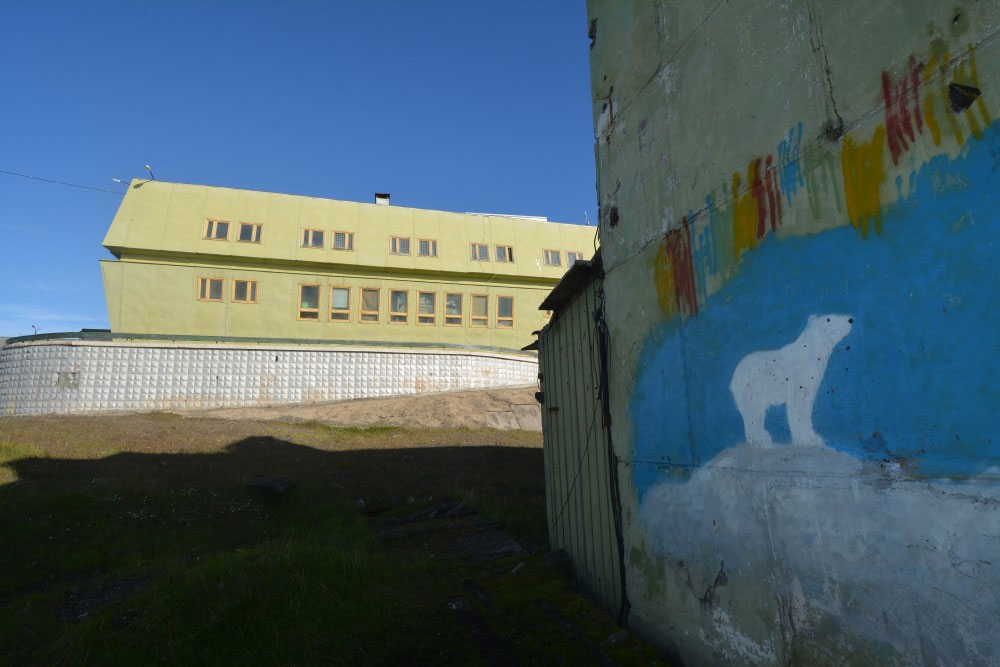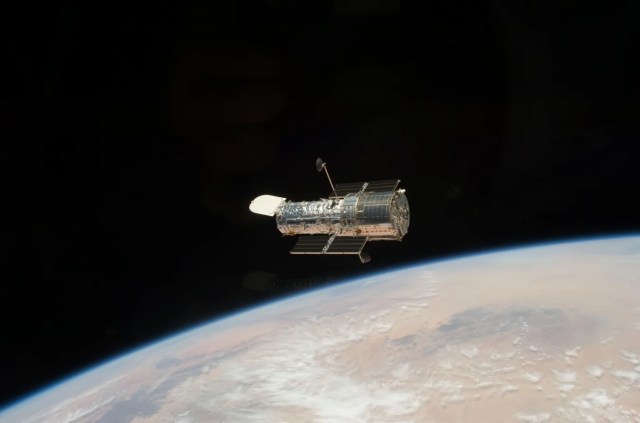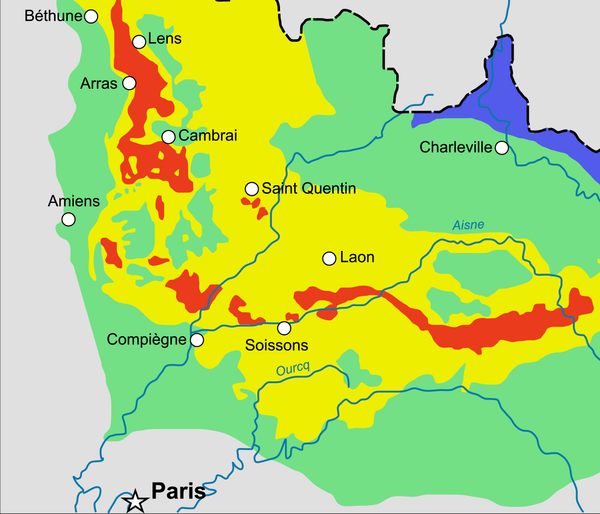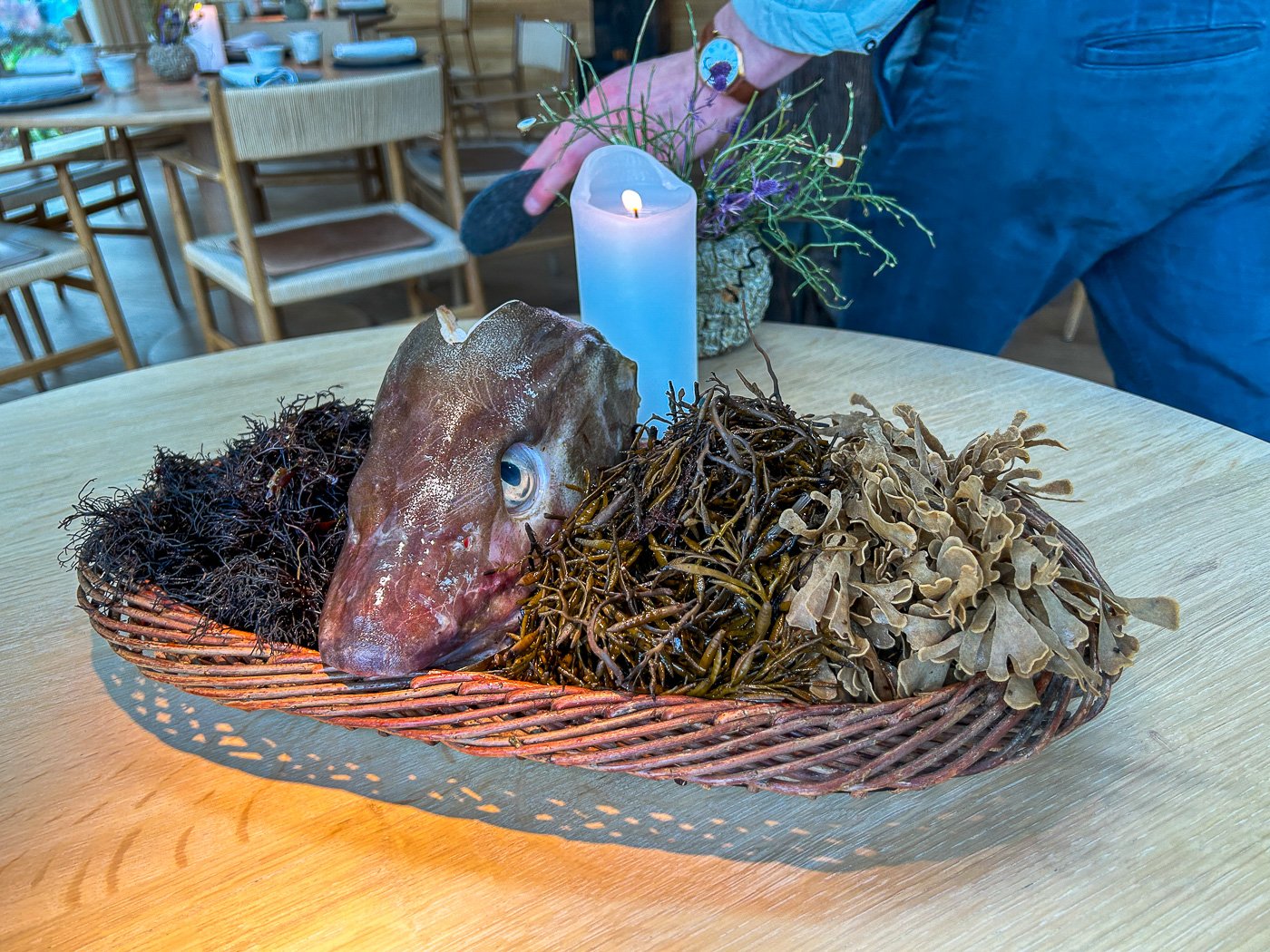
Getting a Forest's Measurement
Maple Grove Forest Preserve is located 20 miles west of Chicago, in DuPage County, Illinois. It measures six-tenths of a mile from St. Joseph Creek at its northern end to Maple Avenue at its south, and a quarter mile between the backyards abutting its east and west boundaries. The forest is small enough that you could learn the calls of its common summer birds on a lunchtime walk. You could memorize its dominant trees and showier wildflowers in an afternoon.
But run a transect perpendicular to the main trail, and you’ll find that this forest is vast. In late January, after a fresh snow, trails of skunks, coyotes, and deer mice appear throughout the preserve, twining around carcasses of red and white oaks. Fallen ashes two feet in diameter, cracked open on impact, are perforated with ant galleries. Tangles of black fungal rhizomorphs creep 20 feet or higher under the skin of standing trees, exposed when the bark ruptures. Lichen-covered branches drop 60 feet to the forest floor, where they host orange mycena mushrooms and families of flat-backed millipedes. Entodon mosses colonize a fallen maple and keep it moist. They overtop mats of flat-brocade moss, then bump up against mounds of baby tooth moss. After a few years, the mosses share the log with bacteria-scavenging slime molds. Earthworms work the dead tree as it softens. Brilliant orange chicken-of-the-woods sprouts as the bark sloughs off, and the log is trampled back into the earth by human foragers cutting off the fungal fruiting body at its base to take it home and cook it in oil and wine. Within a few decades, the log will have given back to the woods everything it assimilated over two centuries of growth.
Maple Grove has been shaped by thousands of years of human settlement and of plant evolution, migration, and extirpation extending back through the Eocene. If we could rewind the tape and then fast-forward through 15 million years, we would see the landscape around Maple Grove undulate with forest, ice, and fire, populated by species we know well and those we may never know existed, ephemera that missed the fossil record. If we focused on the most recent 10,000 years, the same patch would appear as a flickering mosaic of prairie, oaks, and maple groves, streams writhing across the terrain, forests racing up and down moraines left by receding glaciers. Blink, and a Potawatomi trail between the sites we now call Chicago and Naperville would harden into a settlers’ plank road. Blink again, and the banks of St. Joseph Creek would steepen with erosion as the upstream stretch plunged beneath the streets of Downers Grove, channelized in concrete only to spill across the downstream floodplain in every storm. An infestation of emerald ash borer beetles would arrive, and ash trees would topple over. Then the movie would stop where we are now, with a stream of people on the Maple Grove trails, caught mid-step, enjoying a lazy afternoon in the midst of a pandemic.
Leave a Comment
Related Posts



















